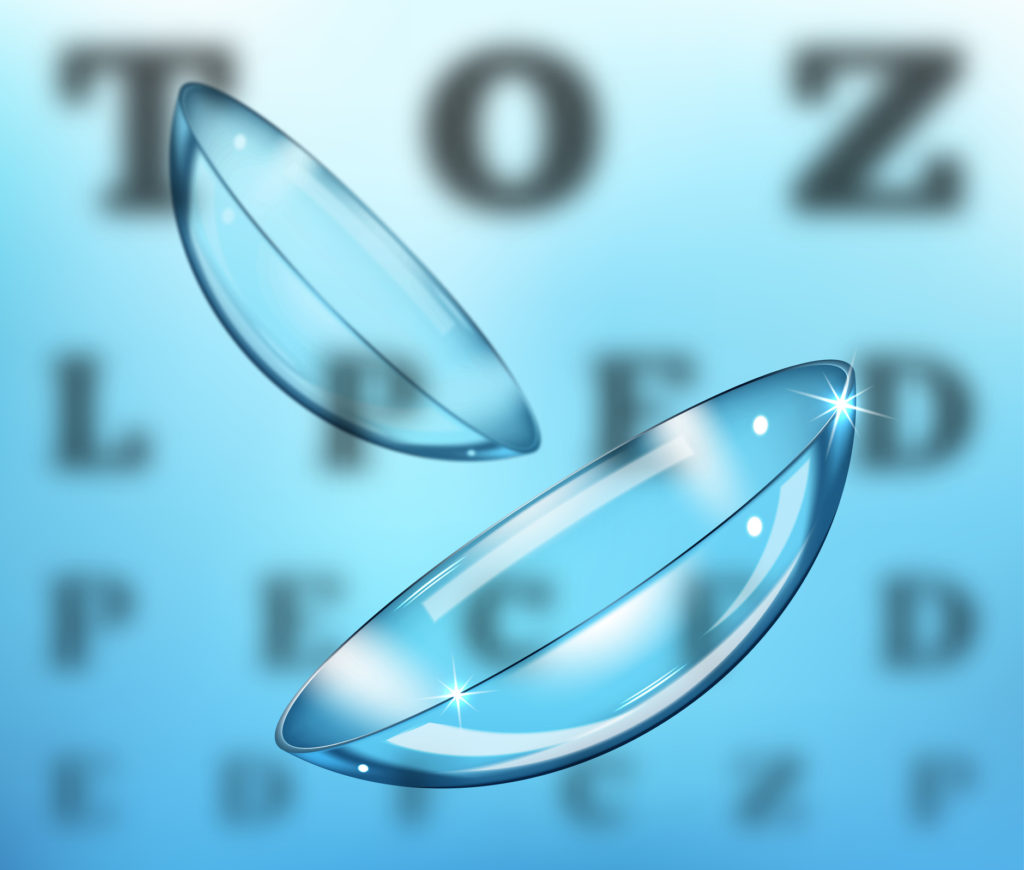August 29, 2019
By Dwight Akerman, OD, MBA, FAAO
Chief Medical Editor, Review of Myopia Management

Despite the global myopia epidemic, a recent survey spanning eight years reveals eye care practitioners worldwide are not consistently fitting children with contact lenses for myopia control. An international survey of contact lens prescribing for myopia control in children 17 years old or younger was conducted annually in 31 countries between 2011 and 2018, inclusive. The median age of myopia control and non-myopia control fits is 13 and 15 years, respectively, with most myopia control fitting activity taking place among children aged 8–15 years. Of all contact lenses fitted for the purpose of myopia control to children, 52.1% were undertaken using rigid lenses; this compares with 12% for non-myopia control fits with rigid lenses.
In 2018 myopia control fits represented 2.3% of all contact lens fits to children and varies considerably between nations. However, the extent of myopia control fitting has increased over time. The investigators concluded, “The gradual increase in MC [myopia control] fitting throughout the survey period perhaps reflects growing concerns among practitioners over the myopia epidemic.”
It is encouraging that myopia control fits increased from less than 1% of fits in 2011 to 2.3% in 2018. As more soft and rigid contact lenses receive regulatory approval with a specific labeling indication for myopia control and eye care practitioner knowledge and confidence increases, the percentage of myopia control fits will undoubtedly increase.
Abstract
International survey of contact lens fitting for myopia control in children
Efron N, Morgan PB, Woods CA, Santodomingo-Rubido J, Nichols JJ; International Contact Lens Prescribing Survey Consortium.
DOI: https://doi.org/10.1016/j.clae.2019.06.008
Purpose: To determine the extent of contact lens fitting for myopia control (MC) in children (defined as ≤ 17 years of age) worldwide and to characterize the associated demographics and fitting patterns.
Methods: Survey forms were sent to contact lens fitters in 66 countries between January and March every year for eight consecutive years (2011–2018, inclusive). Practitioners were asked to record data relating to the first 10 contact lens fits performed after receiving the survey form. Data were analysed for those countries reporting ≥ 100 contact lens fits to children.
Results: Data were analysed for 535 MC fits and 23,830 other (non-MC) lens fits undertaken in 31 countries reporting ≥ 100 contact lens fits to children, with 52.1% of MC fits and 12% of non-MC fits being with rigid lenses (p < 0.0001). Overall, MC lenses represented 2.3% of all contact lens fits to children, with significant differences between nations (p < 0.0001), ranging from no MC fits recorded in the Czech Republic, Greece, Japan, South Korea and Puerto Rico, to 24.9% in Austria. There has been an increase in contact lens fitting for MC over the survey period (p < 0.0001). MC contact lenses were fitted to younger children compared to non-MC lenses (MC, median 13 years vs. non-MC, median 15 years) (p < 0.0001). There was no sex bias in the fitting of MC lenses (p = 0.89).
Conclusions: MC lenses are currently being prescribed for younger children in equal measure in terms of soft vs. rigid lenses and males vs. females. The extent of MC fitting is low and varies between nations. The gradual increase in MC fitting throughout the survey period perhaps reflects growing concerns among practitioners over the myopia epidemic.
Source:
Efron, N., Morgan, P. B., Woods, C. A., Santodomingo-Rubido, J., Nichols, J. J., & International Contact Lens Prescribing Survey Consortium. (2019). International survey of contact lens fitting for myopia control in children. Contact Lens and Anterior Eye.











